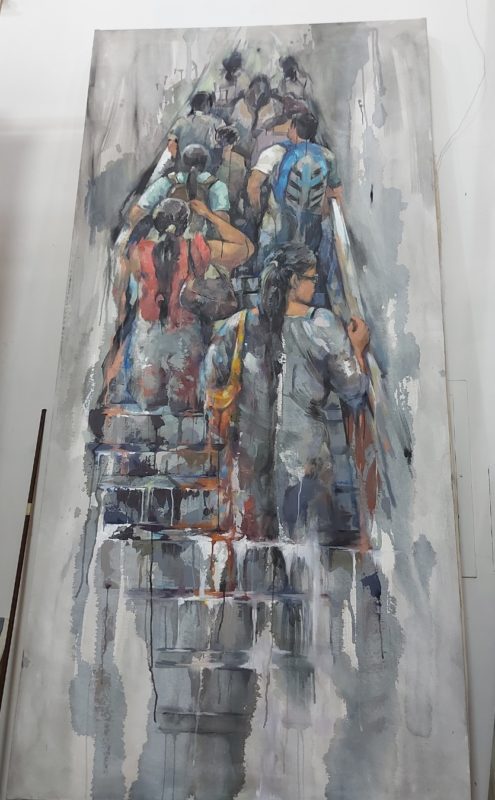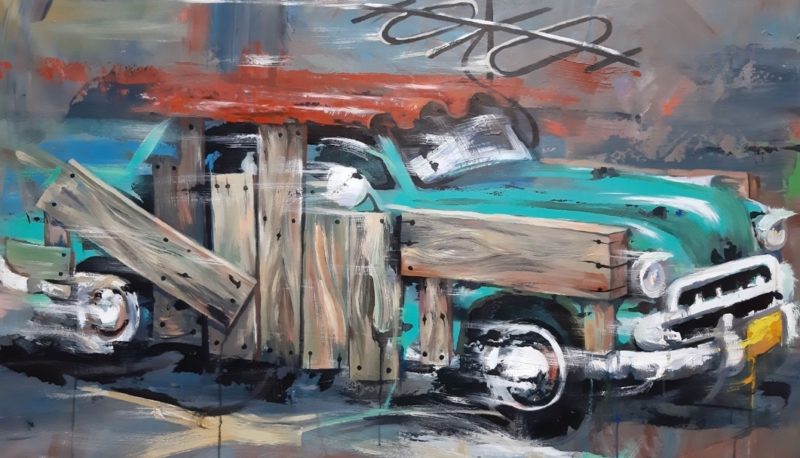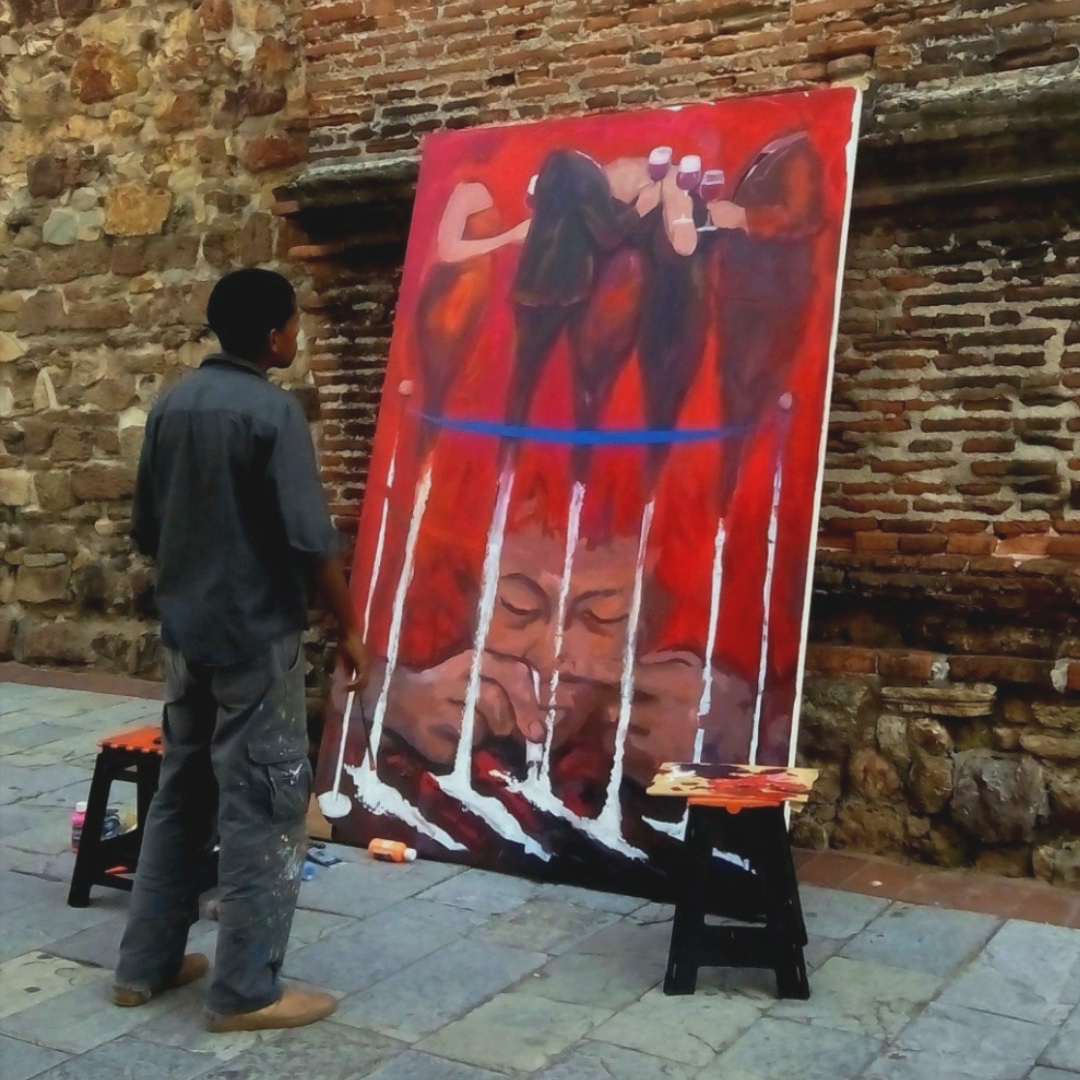Jabriel Lafrance Johnson is a Cuban-Panamanian painter, sculptor, and street artist. Fine Art Shippers spoke with him about what it takes to make art in Cuba and how to balance the artistic endeavor and the need to make a living.
Artist Talk: Jabriel Lafrance Johnson on Exploration of the World
How did you decide to become an artist? Please tell us about your background.
Jabriel Lafrance Johnson: I was born in Cuba and lived there until 2014. As a child, I was always into arts, but in my early years, I was more interested in music. I attended a music school where I learned to play the drums. At the same time, I was always drawing something, and I enjoyed that very much. So I concluded that I should become an artist. That's how it happened. I graduated from art school in 1999 with a degree in sculpture and painting.
However, it is hard to be an artist in Cuba. Often it is almost impossible to practice art because what you do does not fit into the official ideology. Censorship restricts the possibilities of artistic expression. Since I couldn't find a way into galleries and museums with my work, I started making street art. For many years I thought about leaving Cuba, and finally, I moved to Panama, where I now live and work. I have a studio right in the center of the old town.
What is important to you as an artist? What themes and formal experiments are you interested in?
For me, art is the exploration of the world. It is a tool to understand the people around me and myself. In Cuba, I could only express myself through street art, so now I am putting the ideas that have been floating around in my head for a long time onto canvas. On a conceptual level, I am interested in pushing the boundaries of art, freeing it from its elitist flair and bringing it closer to people, like the Fluxus artists did.
How do you market and sell your art? Who is your audience?
I have two directions in my work. One is my own artistic expression, exploring themes and techniques that interest me and reflecting on my life as an artist and a human being. Some artwork relates to my experiences in Cuba. Overall, I would say that while writers write a book about their lives, I paint my life, and each work is a piece of the puzzle.
The second direction is commercial: I receive commissions for portraits or Panama's genre scenes and cityscapes – in other words, memories that people want to keep or bring back to their countries if they are tourists. I also paint murals for the city.
How does the life of an artist in Panama compared to Cuba?
I have my studio to work in. People come by to see my work, and that makes me happy. The most important thing is that I can express myself, and I can always find ways to make money with my art. I try to balance purely artistic and commercial sides of my work, and so far, I have managed quite well. I hope that I will have another solo show one day.
 Photo courtesy of Jabriel Lafrance Johnson
Photo courtesy of Jabriel Lafrance Johnson
